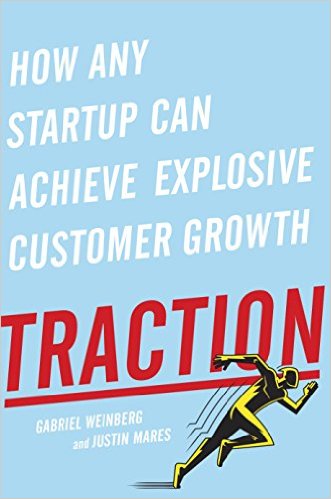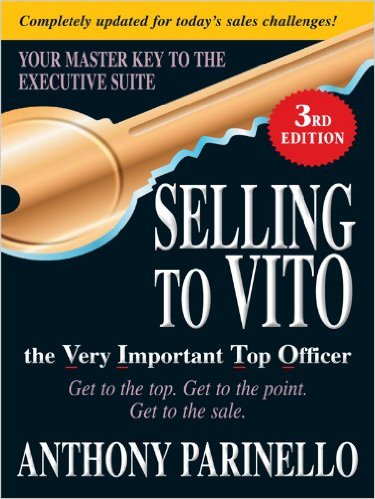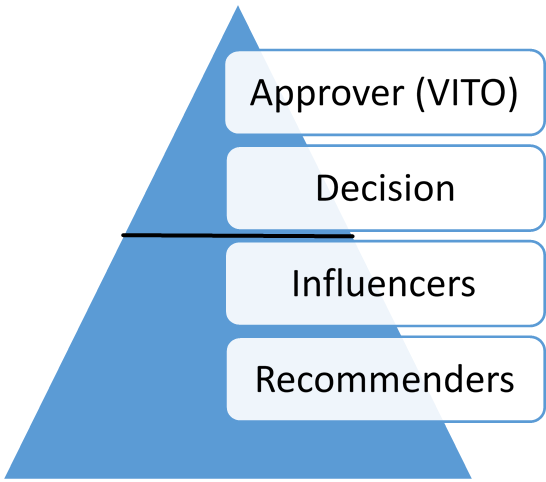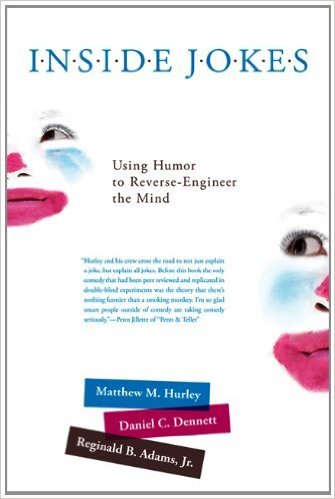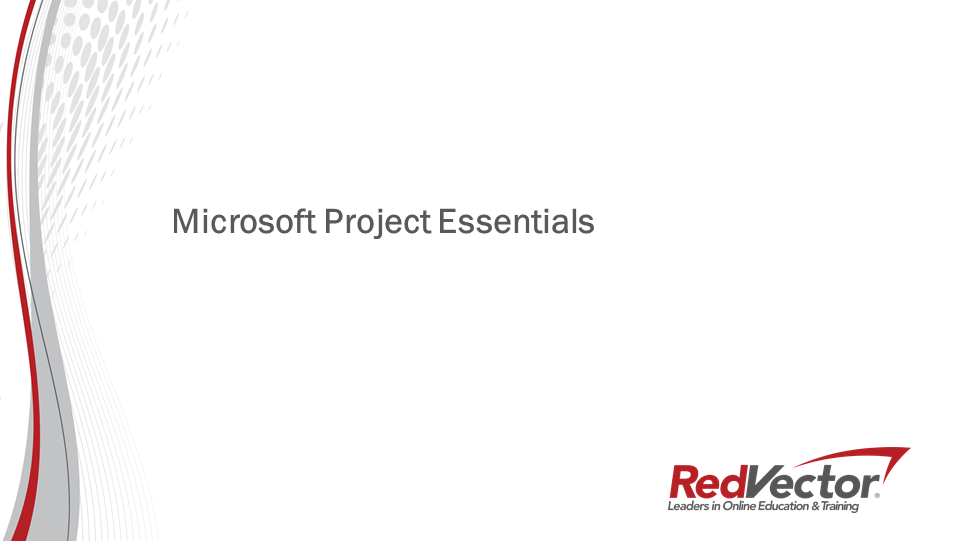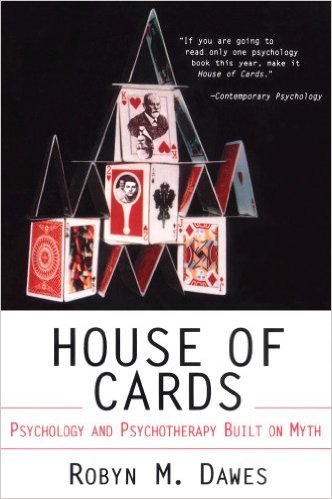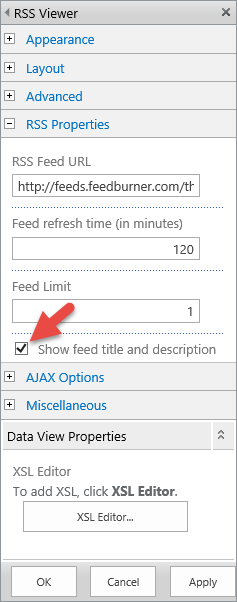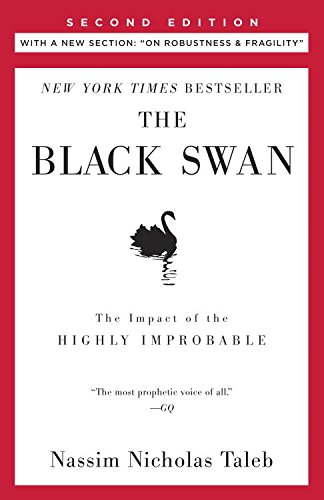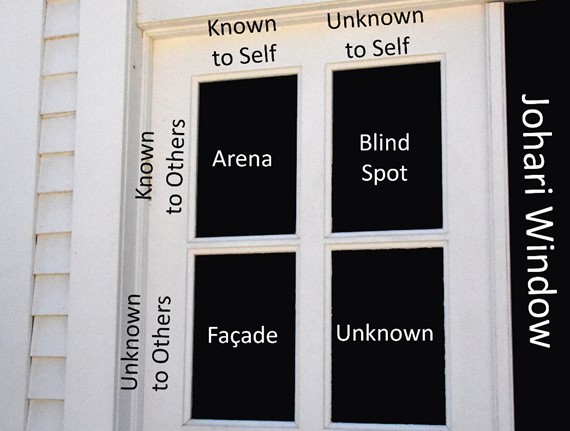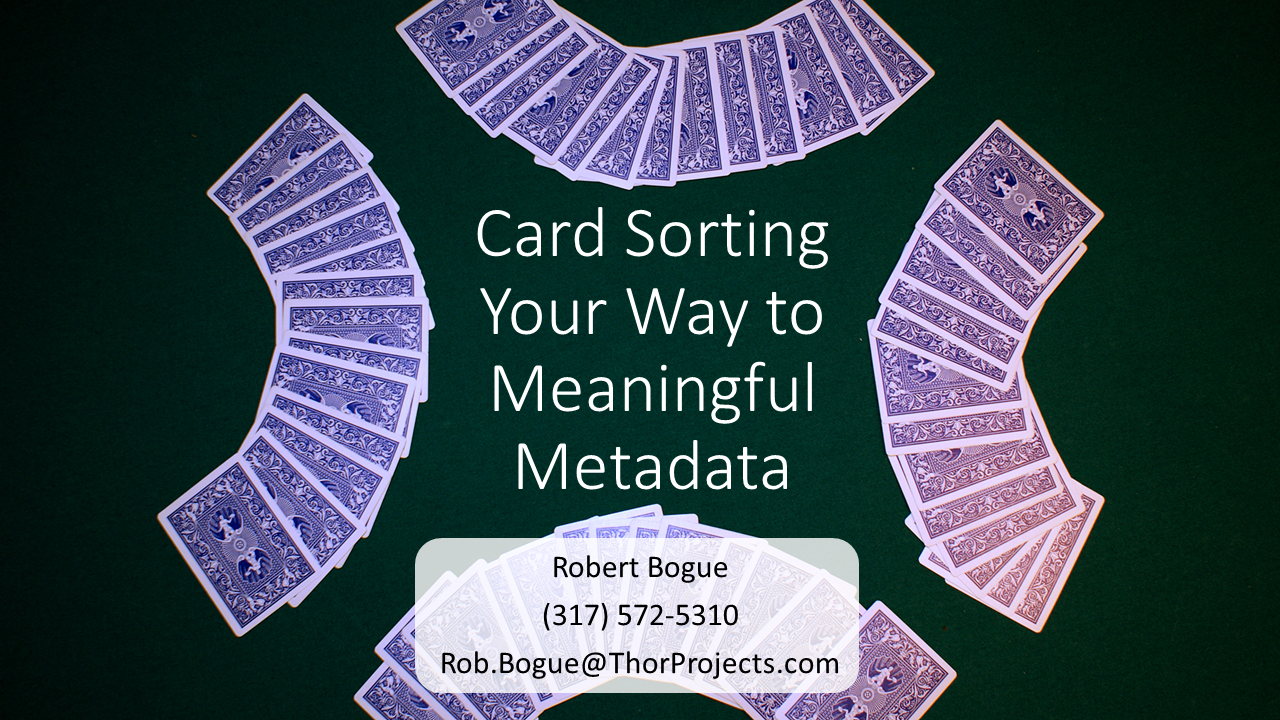The SharePoint Shepherd’s Ultimate Guide Updates Available – Now With Modern Pages

Hurtful, Hurt, Hurting
I was in a discussion recently where someone mistakenly assumed that I was still hurting because of some hurtful things that were done in the past. Interestingly, the person used the word “hurt” in their message. However, the context was the present tense, and hurt is mostly a past-tense verb. It’s about something that has happened and not something that is happening.
I realized that the difference between hurtful, hurt, and hurting were subtle but important distinctions that had helped me to heal. I wanted to share how I’ve had others do hurtful things to me, how I was hurt, and how I’m no longer hurting.
Hurtful Actions
If we were to be completely transparent, we’ve all done hurtful things to others. Whether we were vindictive, or we were simply inconsiderate of another person, we’ve all done hurtful things to others. My ex-wife chose my 40th birthday to file for divorce. (The same day that she threw a surprise birthday party for me.) I won’t ascribe intent; rather, I’ll assume that she just didn’t consider, or fully consider, the impact of this decision. Certainly there are less spectacular examples of how we have been angry and have harmed others. I’ve done it myself.
Hurtful things are hard because most of us recognize that this is not the person that we desire to be. (Unless your need for vengeance is very high – see Who Am I? and The Normal Personality for more on the desire for vengeance.) We recognize that we create the harm that we want to eliminate in the world through our own behaviors. We can acknowledge that sometimes we do vindictive things – or careless things – and simultaneously recognize that these don’t represent the person we want to be. Said differently, this isn’t what we want to see on our tombstone. We aspire to greater virtues.
It’s been said that hurting people hurt people. Often we lash out at others because we are ourselves hurting. (The Anatomy of Peace talks about the “boxes” we get in – our hurt – and how we hurt or disregard others when we’re in the box.) Learning to be less vindictive and more compassionate to others often starts with managing how we’ve been hurt.
Predicting Hurt
Strangely enough, there’s not a direct relationship between hurtful actions and someone being hurt. Certainly a large percentage of hurtful actions lead to someone else being hurt, but some hurtful actions don’t harm the other person. Sometimes people feel that their anger and resentment will harm another person, but Nelson Mandela said that, “Resentment is like drinking poison and then hoping it will kill your enemies.” Sometimes our efforts to be hurtful to others only hurt ourselves.
On the other hand, people are harmed even when the actions are the most loving and considerate. What one person attempts to express as their love or consideration may in fact be harmful to the other person, either because of misperception of the actor, or an undiscovered and covered wound of the recipient.
Despite all of the values and desires-based models for understanding other people, we still can’t accurately how they’ll respond to someone being hurtful – or helpful. Consider an adult whose parents taught them that to accept the help of others demonstrates that you’re weak, and that weak people are to be detested. So a well-meaning person holds the door open for this adult, and they are insulted. Certainly holding a door open for someone shouldn’t hurt them – but it can.
Perhaps more powerfully, there are situations where there is no malice and yet we are hurt. My dog died because of cancer and my brother was killed in an airplane accident. Neither of these hurts that I suffered were caused by someone else, but they were hurts that I felt none-the-less.
Responses to Hurt
People react differently to being hurt. Some people shut down and try to defend themselves from the world. (See Intimacy Anorexia for more on isolating the world from our true selves.) Some people get angry and lash out. Anger is disappointment directed, so they’re focusing their disappointment into a direction. (For more on anger being disappointment directed see Emotional Intelligence or Destructive Emotions.) Some people have become so comfortable with being hurt that they simply walk through it and immediately set on the path of healing.
Those who choose to respond to being hurt by shutting down are creating a pressure cooker. They’ve focused the energy of the hurt internally. The problem with pressure cookers is that there has to be a release valve – something to release the pressure if it gets too high that it becomes unsafe. Unfortunately, all too often pressure cooker folks don’t have a good way to blow off steam, and ultimately explode at the person who has hurt them or is hurting them. The resulting explosion can be productive but frequently is not, as the actual message about the hurt is lost in the response.
Turning the hurt inward isn’t all bad. When used with appropriate safety valves to blow off steam – like good friends or other mechanisms of self-care – it can be a powerful way of dealing with hurt. By capturing the energy from the hurt, it can be leveraged for change in our own lives. It can be removing a toxic, hurtful person from our lives or, more importantly, it can propel us towards self-improvement to make it harder for others to hurt us.
This, too, can be positive or negative. If we do self-improvement to minimize the hurt that others inflict us, that’s good. If we shut down and block other people out, that is bad. Humans are designed to be in relationship with others. As Emotional Intelligence mentioned, isolation is “as significant to mortality rates as smoking, high blood pressure, high cholesterol, obesity, and lack of physical exercise.” We can internalize our hurt if we’re able to leverage the energy of the hurt to our betterment and strengthen our ability to connect more authentically with others.
Another approach to hurt is to act out. For some, this is anger and pounding fists on the desk. For others, it’s engaging in activities that release dopamine. (See The Rise of Superman for more on neurochemicals and their purposes.) The activities can be positive, life-giving activities like exercise, or they can be destructive, shame-cycle-inducing activities like compulsive shopping, alcohol, or drugs. These activities numb and hide the pain for a time, but ultimately fade and leave in their wake a toxic cloud of guilt and shame. (See Daring Greatly for more on the difference between guilt and shame.)
Acting out can also be an immediate call to make things better. It can be to immediately evacuate the situation and find a safer place to be. As a result, neither “bottling up” our hurt nor “acting out” our hurt is a best way to address our pain. We have to find our own path to healing that may include components of both – and hopefully avoids the toxic side effects that keeps us hurting.
The Meaning of Hurt
Hurt is a signal that damage is being done. Our muscles hurt after a workout because they’ve been torn apart. However, the pain from our muscles fades in time as the muscles heal themselves. For most of the experiences in our lives, being hurt doesn’t mean that we’ll permanently be in pain. It is simply a temporary signal for us to recognize what is happening.
We describe hunger pains and yet most of us in the US are far from starving. Our hunger pains aren’t “pains” as much as they are signals from our body that it believes there’s a need for more food. It’s our digestive system’s way of telling us that it has capacity to process more food and increase our energy levels.
All that we consider “hurt” aren’t necessarily pains. Some of the hurts that we experience are simply signals. Signals that we need to consider where we are – but not necessarily that we are irreparably harmed.
Recovering from Hurt
No matter who has hurt you, it’s you that are responsible for healing your hurts. It can be your parents, an ex-spouse, a friend, neighbor, or a stranger – no matter who it is, you’re responsible for your healing. No one else can do that for you. (See Bonds That Make Us Free and Changes that Heal for more on healing our own wounds, and Compelled to Control for what can happen if we don’t.)
When the pain is large it isn’t necessarily that we’re going to recover all at once. Recovery is a process. We can start to recover then pause – and come back later. There isn’t one path to recovering from hurt – but whatever path that you choose, it’s healthy to walk the path of recovery
Still Hurting
What happens when you fail to heal yourself – or the hurt is too new – is that you’re still hurting. The length of time that someone will continue to hurt is dependent upon several factors, including the magnitude of the hurt, the general health of the individual, and the efforts taken to resolve the hurt. In the death of another, it’s hard to heal. (See On Death and Dying for the grieving process, and High Orbit – Respecting Grieving for recovering from this kind of hurt.) Betrayals are also particularly difficult harms to overcome. For more on overcoming betrayals, see my post Trust => Vulnerability => Intimacy.
These types of hurts are hardest to recover from because they leave scar tissue. In our human bodies, scar tissue is tissue that didn’t heal quite right. Sure we’re OK and we’re not hurting any longer, but that tissue is particularly sensitive to further damage. Whether it’s a knee that didn’t quite heal right, or a scar on our arms, it’s an unavoidable result of having been hurt.
When you lose someone close to you, you feel their loss at anniversaries, birthdays, holidays, and any special thing that you and they shared together. Some of those situations you learn to anticipate and brace yourself for the hurt that will wash over you. Sometimes you won’t see it coming, and you’ll feel the hurt again – but it will be a little less painful each time.
With betrayal it’s hard, because the voice of doubt that we all have in our heads is hard to silence. When I wonder if someone is upset with me and in the past they’ve lashed out at me, it’s harder to stop those thoughts and remind myself that that isn’t the way that they behave. Once trust has been broken, it’s no longer possible to say that this is something that they would never do – because they have, in fact, done it.
The tricky part of being in the spot where you’re still hurting is that if you rush the healing too much, you end up with more scar tissue – that you’ll deal with for years to come. If you linger too long in the hurting, you run the risk of becoming bitter and living in victimhood. Finding the right amount of time to allow the hurt is both personality-dependent and situational. There’s no one time that you should stop hurting and move the pain into the past.
However, the extremes are always bad. If you move past hurt by ignoring it – by stuffing it – you’re still hurting, you’re just not acknowledging the hurt and this causes more hurt to yourself as you’re betraying yourself. It tends to cause your emotions to lash out at you by creating illness or anxiety that’s impossible to locate. It turns out that the relationship between our rational rider and our emotional elephant is critical, even if we don’t want to acknowledge it. (See the Rider-Elephant-Path model in The Happiness Hypothesis for more.)
Victimhood
There are stories that we tell ourselves about our behaviors and the behaviors of others. These stories are natural but aren’t necessarily good for us. We tend to frame stories in terms of three actors:
- Victim – This is the person who is harmed.
- Villain – The person (or entity) that needlessly inflicted the harm.
- Rescuer – The person who lifts the victim out of their despair.
Permanently assigning one of the roles to ourselves or others (i.e. type-casting) isn’t helpful for us. We need the ability to grow and change. (See Mindset about changing our mindset.) If we decide that we are permanently in the victim role because we’ve been hurt, we’ll be stuck.
Victimhood isn’t a bad place to visit from time to time, particularly as we’ve been victimized, but it’s an awful place to live. (See Boundaries, Beyond Boundaries, Daring Greatly, and Change or Die for more on victimhood.)
Everyone has been hurt and will be hurt again. The best thing to do is learn how to deal with it better.

